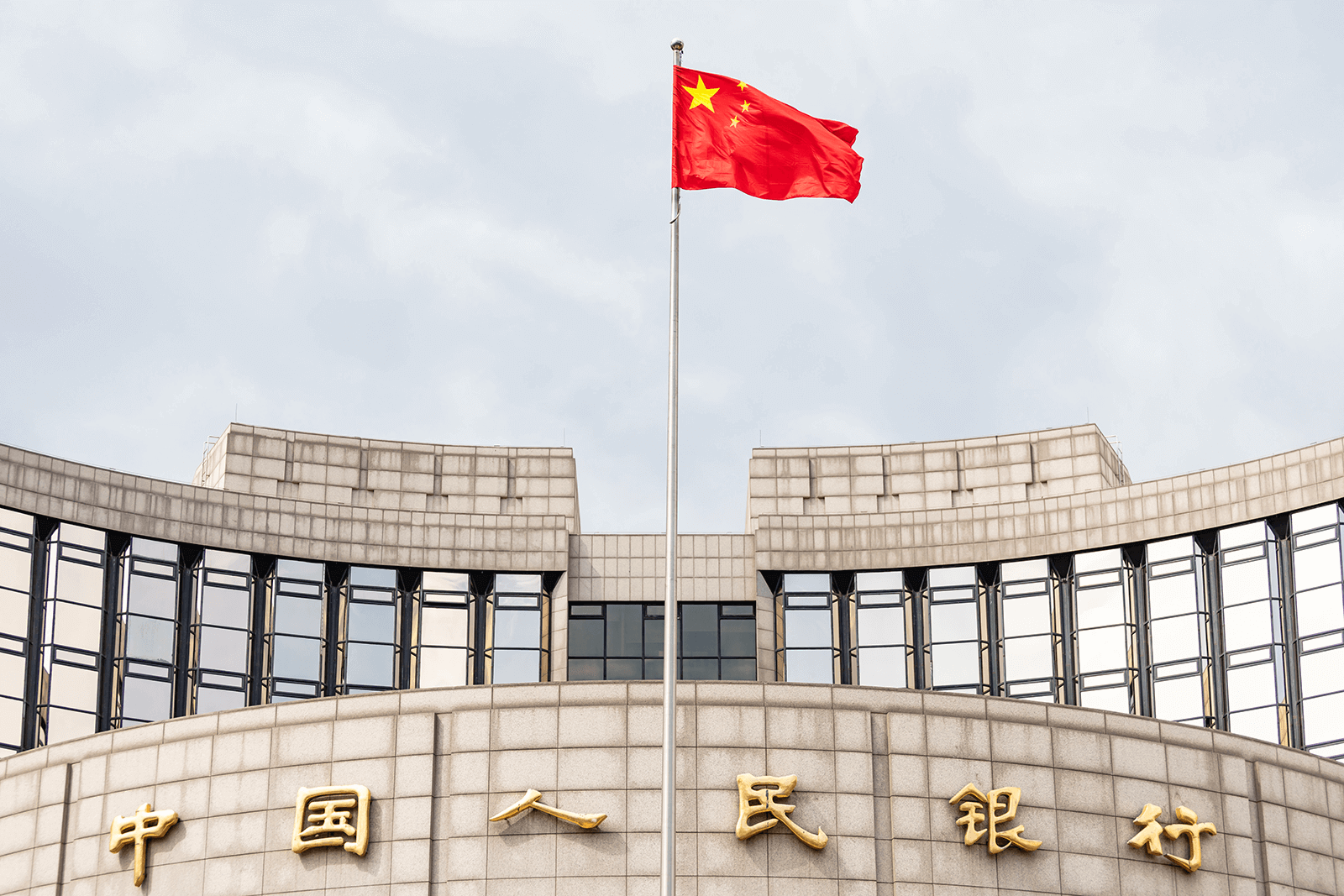Equity markets were lacklustre in February, despite a flow of broadly supportive news: the Chinese revival, US/European economic indicators that suggest a recession will be avoided, good company results and guidance, stabilising headline inflation… While the risk of a severe correction appears to have abated, this lack of positive reaction in the face of a better backdrop also points to limited upside for stocks – notably because of still rich valuations. From a portfolio perspective, short to medium duration high quality corporate bonds continue to offer relative appeal in our view.
In terms of the good February news, let us begin with China. Recent data points, since the Chinese New Year, suggests that domestic economic growth is picking up fast, towards the 5% target set by the government. The fact that Covid is no longer making headlines also suggests that the public health situation is back under control. A stronger China definitely serves to support the world economy, albeit perhaps not so much the inflationary outlook given the greater demand for commodities that it should entail.
In the West, growth is moving in the opposite direction but, and therein lie the good news of the past weeks, it now appears that a severe recession will be avoided. Thanks to the various government stimulus programs, leading economic indicators are indeed pointing to slow but still positive growth. A scenario that is corroborated by 4th quarter 2022 company earnings (which generally met expectations overall) and – more importantly – forward guidance provided by managements.
Moving on to interest rates, we believe their evolution remains the biggest risk for equity markets. During February, fixed income traders aligned their expectations with central banks’ terminal rates and have fully acknowledge more rate hikes are still in the pipeline for 2023. The yield curve remains inverted (short-term interest rates are higher than long-term rates) on both sides of the Atlantic, a sign usually indicating a looming recession. This is something to keep an eye on, as investors are not remunerated (term premium) for holding their money longer.
Finally, as regards inflation, the latest prints, while admittedly still high, do seem to be stabilising. In fact, if energy prices stay put in the near future, inflation should recede owing to base effects. Of course, the mild winter has played an important (we should even say lucky) part in this equation. Not only did Europe avoid the much-feared shortages, but it was also not forced to tap too deeply into energy reserves – meaning that it might even be possible to get through another winter without excessive trouble.
The remaining issue when it comes to the inflationary picture (other than the aforementioned potential increase in Chinese demand for commodities) is the shortage of workers. The fact that labour markets are unusually tight for this stage of the economic cycle is both a constraint on future growth (without sufficient labour, an economy simply cannot realise its full potential) and a thorn in central bankers’ side (bringing inflation down to the 2% target will prove difficult). As such, interest rates could well stay at their current – or even a higher – level over a long period, dashing early year hopes of a pivot already in late 2023.
Absent a major upmove in long rates, which could trigger the oft-discussed “big shift” out of equities and into bonds, stock markets now look like they will be able to muddle through. Meaning that they have a lesser risk of severe correction than we feared just a few weeks ago, but also limited upside potential. Now is thus not, in our view, the time to go flat out on risk assets. Rather, we continue to advocate a selective approach and, in particular, see investment opportunities in 3- to 5-year high quality corporate bonds. Their relatively short duration protects them from the upside risk on long rates: while European 10-year rates are still ca. 1.5% below their pre-Great Financial Crisis peak, the 5-year corporate rate now stands just shy of that high and the 3-year term is where the upmove has been the sharpest (at 3.6% today vs. 3% in 2005-2006). And focussing on solid names within the investment grade space serves to limit the refinancing risk. Indeed, many high yield issuers will face a wall of maturity in 2024, which could prove brutal given the tighter monetary context.
Shifting from economics to geopolitics, a last word regarding the conflict in Ukraine. There too, and perhaps going against the generalised perception, we see potential for positive news during the coming weeks or months. This because China has finally moved into the arena, with the objective of forcing some form of ceasefire. Why now? A year into a conflict that Russia had initially foreseen as swift, Chinese authorities appear intent on avoiding a destabilisation of Putin’s regime were Ukraine to succeed – with the help of the West – in pushing out the Russian army. For who knows what would replace Putin? A big void, the military, a Navalny-led opposition government, various regions seeking independence…
With Russia currently dependent on oil exports to China (and India), and it also needs the Middle Kingdom for technology imports now that the West has cut them off from it through various sanctions measures, China has the power to “suggest” to President Putin how to act. It is in fact the sole government in the world with such power. The news that it has “requested” Putin not to use, or even threaten to use, nuclear weapons is already very positive. If it manages to get Russia and Ukraine to reach a negotiated solution, then financial markets (amongst others) would breathe a huge sigh of relief. Note that it appears that China has also spoken to Belarus (a key military partner of Russia), discouraging the sending of troops into Ukraine for fear of another wave of revolutionary protests that could prove difficult to quell this time round, with the Russian “brother” unable to step in to help. All told, the conflict in Ukraine has come to the point where something will have to give. Let us hope that China will be sufficiently persuasive, such that a form of ceasefire can indeed be reached. After all, further escalation could sooner or later end in a global human and financial disaster!









